Global Indian business conference 2014
URBAN INFRASTRUCTURE
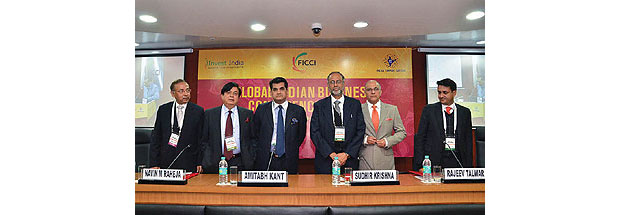
The Urban Infrastructure Panel: L to R: Dr. Arbind Prasad, Mr. Navin M. Raheja, Mr. Amitabh Kant, Dr. Sudhir Krishna, Mr. Rajeev Talwar and Mr. Gaurav Karnik
The second session on urban infrastructure comprised a high-level panel of Dr. Sudhir Krishna, Secretary, Ministry of Urban Development; Mr. Amitabh Kant, CEO, Delhi-Mumbai Industrial Corridor Development Corporation Ltd.; Mr. Rajeev Talwar, Group Executive Director, DLF Ltd.; Mr. Navin M. Raheja, CMD, Raheja Developers Ltd; and Mr. Gaurav Karnik, Partner-IIC, EY India, who also moderated the session.
Delivering the special address, Dr. Krishna said that as per the mid-term appraisal during the 11th Five-Year Plan, the urban share in GDP was between 62% and 63% (2009–2010) and this is expected to reach between 70% and 75% in 2030. Urban infrastructure, he said, covered a gamut of services such as drinking water, sanitation, sewerage systems, electricity and gas distribution, urban transport, primary health services and environmental regulation.
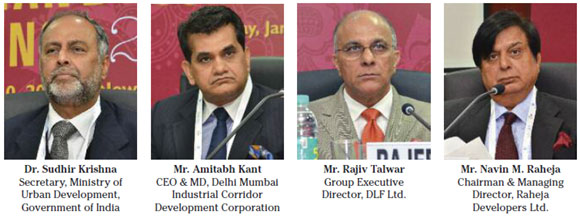
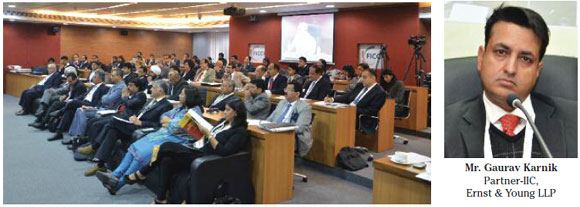
He said that the government is also deliberating on ways and means to incentivize more investment funds into infrastructure. Regulatory kinks are being smoothened, financial sector issues are being sorted out and institutional mechanisms are being tweaked to nudge private sector to invest more in infrastructure. Dr. Krishna said that new financial instruments are being devised to finance investments in the urban infrastructure space.
Serious efforts need to be made for unlocking land values to finance urban infrastructure as is being done by many countries. He said as long as the spatial distribution of project benefits can be internalized within a well-defined ‘benefit zone’, it is economically efficient to finance infrastructure projects by tapping the increments in land values resulting from them. Though land-based financing is not a practical or a desirable way to pay for the entire budget, he said that the mechanism has significant advantages if it is part of the mix of capital financing. Dr. Krishna added that public-private collaboration lies at the heart of land-based infrastructure finance.
He informed that the Ministry of Urban Development has moved beyond the mere provision of infrastructure for meeting service-level benchmarks (SLBs), which have been set for water supply, sewerage, sanitation and urban transport. It indicates a change in mindset from mere provision of infrastructure to the higher realm of meeting service delivery benchmarks. The investment requirements have been worked out for the urban sector after incorporating SLBs. Jawaharlal Nehru National Urban Renewal Mission–I (JNNURM-I) has been extended up to March 2014 from March 2012 to allow for the completion of its already-sanctioned projects.
Moreover, fresh projects can now be sanctioned until March 2014 under the transition phase of JNNURM, Dr. Krishna added.


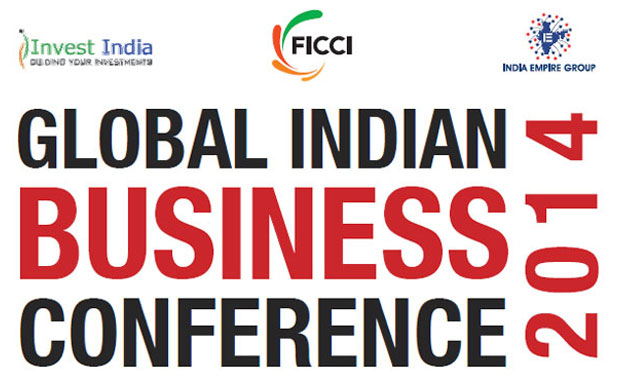




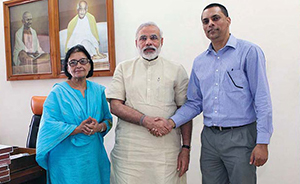



Comments.